Miso, a popular ingredient in Japanese cooking, comes in many different types, each with its own unique flavors and characteristics. Today, we’re going to learn about one specific type called Hatchō Miso. It has a special story and way of making it that sets it apart from other miso varieties. In this article, we will delve into the fascinating history of Hatchō Miso, explore its traditional production methods, and uncover the secrets behind its distinctive flavor.
What is Haccho Miso?
Hatchō Miso is a type of traditional Japanese miso that originates from the Hatchō region of Okazaki, Aichi Prefecture, Japan. It is renowned for its distinctive characteristics and requires a long fermentation period.
Hatchō Miso is made primarily from soybeans and salt, with no additional ingredients. Skilled artisans cook and mash the soybeans, mix them with salt, and ferment the mixture for a minimum of two years, often longer. This extended fermentation process imparts Hatchō Miso with a unique flavor profile, characterized by rich and intense umami notes, deep earthy flavors, and a slightly tangy and robust aroma. It serves as a versatile ingredient used in various Japanese dishes and condiments.
History
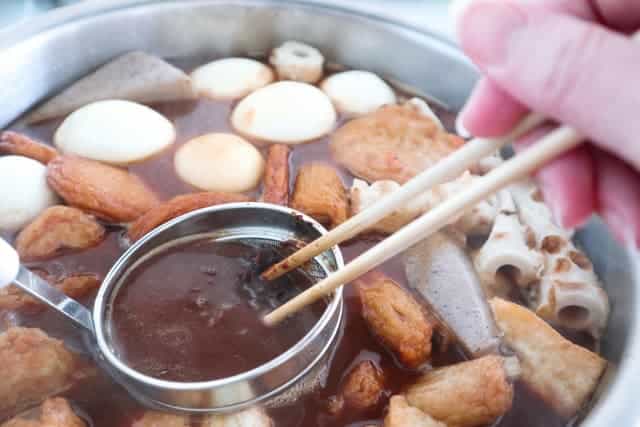
The history of Hatchō Miso dates back to the early Edo period of Japan. Kyuemon Hayakawa, the founder of Hatchō Miso, originally served as a samurai under Imagawa Yoshimoto. However, following the defeat of the Imagawa clan in the Battle of Okehazama in 1560, Kyuemon sought refuge in a temple located in Okazaki City, Aichi Prefecture, and decided to leave his samurai life behind. He adopted the name Kyuemon and learned the art of miso-making during his time at the temple.
Generations later, Kyuemon’s descendants relocated to a village situated approximately 870 meters west of Okazaki Castle, which eventually became known as Hatchō Village. In the year 1645, during the Shoho era, they established their miso-making business there. The miso they produced, named after the village, gradually gained recognition and came to be known as “Hatchō Miso.”
Hatchō Miso distinguishes itself with a unique production process and stringent quality standards. It is exclusively from soybeans and salt, without the addition of rice. The fermentation and aging period for Hatchō Miso is notably long, lasting a minimum of two years and sometimes extending up to three years. This extended fermentation contributes to the development of deep, rich flavors and distinctive characteristics that are characteristic of Hatchō Miso.
Understanding the Varieties of Miso in Japanese Cuisine
Miso is one of the Japanese food products that retain the most regional and local characteristics. Among them, “Akamiso (red miso), Akadashi (red soup), Mamemiso (bean miso), and Hatchōmiso” are terms used to refer to miso with darker (red or black) colors, but it can be somewhat confusing to understand the differences. So, let us explain briefly.
Akamiso (Red Miso)
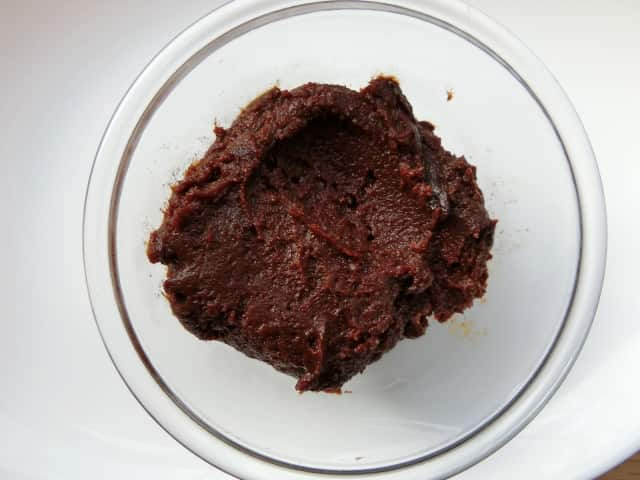
As the name implies, it encompasses miso that exhibits a reddish (dark) color in appearance. The determination is not based on the ingredients or manufacturing method but solely on the reddish (dark) color. While the judgment is predominantly color-oriented nationwide, Aichi Prefecture also associates Akamiso with Mamemiso.
Akadashi (Red Soup)
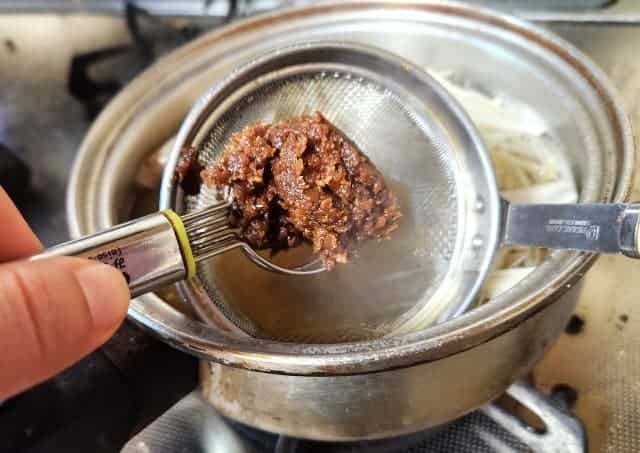
Generally, it refers to a concentrated blend of Mamemiso (bean miso) with rice miso and seasoning (dashi) that has a darker color. Some may include ingredients like corn syrup or caramel coloring. In general, people understand miso to contain seasoning (such as dashi), although some types may not include it.
Mamemiso (Bean Miso)
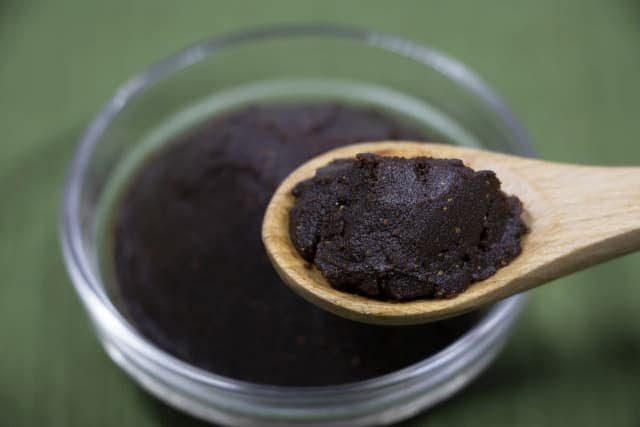
Mamemiso production involves exclusively soybeans, salt, and water, with no utilization of rice. The process involves inoculating soybeans with koji mold, called “mamekoji,” and allowing them to ferment for an extended period. This particular type of miso ages for 1 to 3 years and is primarily enjoyed in the Tokai region, which includes Aichi, Gifu, and Mie Prefectures. It is important to note that Mamemiso, in this context, specifically refers to Akamiso.
Hacchomiso

Initially, Hatchōmiso denoted the miso made in Hatchō Village, which is around 800 meters from Okazaki Castle in Aichi Prefecture’s Okazaki City. Hatchōmiso is the designated name for miso that fulfills the specific criteria established by the government concerning production techniques, ingredients, and aging. Mamemiso undergoes a natural fermentation process lasting more than 18 months in wooden barrels, employing traditional methods of miso ball production.
To summarize, here are the key points:
- Misos with darker (red) colors made in Japan are Akamiso.
- Mamemiso, also known as Akamiso, is a type of miso aged for a long period and made solely from soybeans and salt, without rice.
- Hatchōmiso is the name of miso produced in Aichi Prefecture that meets specific standards set by the government.
- Akadashi, or Akadashi Miso, refers to miso that combines Mamemiso (bean miso) with rice miso and seasoning.
Organic Haccho Miso
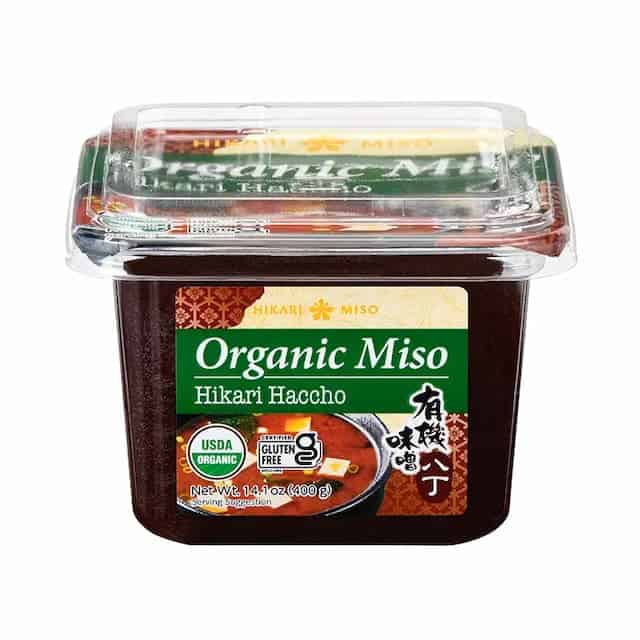
Hikari Miso Co., Ltd. is a renowned miso producer that has been crafting high-quality miso for generations. One of their notable offerings is Hikari Haccho, a premium variety of Hatchō Miso. Hikari Haccho Miso is popular for its exceptional flavor and traditional production methods.
Made from carefully selected soybeans and salt, Hikari Haccho Miso follows the time-honored recipe of Hatchō Miso. It undergoes a meticulous fermentation and aging process, lasting two to three years, resulting in a miso with deep umami notes and a hint of bitterness and sourness.
In addition to their Haccho line, Hikari Miso also produces an organic version called “Organic Miso Haccho.” This organic miso is solely from organic soybeans cultured with koji mold. It offers the same authentic taste and characteristics of Hikari Haccho, while catering to those seeking organic and sustainable food choices.
Whether used in traditional miso soup, udon noodle soup, or as an ingredient in various dishes, Hikari Haccho and their organic product exemplify the commitment to quality and the rich culinary heritage of Hatchō Miso.
Haccho Miso FAQ
- Can Hatchō Miso be used in dishes other than miso soup?
-
Absolutely! Hatchō Miso is versatile and can be used in various dishes. It adds depth and umami to stews, marinades, glazes, and dressings. It can enhance the flavor of noodle soups, stir-fries, and even be incorporated into sauces like Katsu sauce for a unique twist.
- Does the flavor of Hatchō Miso change with the duration of fermentation?
-
The flavor of Hatchō Miso deepens and becomes more complex with longer fermentation, resulting in a darker, richer miso. This extended fermentation process contributes to its unique taste profile, featuring deep umami, subtle bitterness, and sourness.
The procedure to make Haccho Miso
Select high-quality soybeans and remove any impurities.
Wash the soybeans thoroughly. Optionally, polish the soybean skins to achieve the desired color of the miso.
Soak the washed soybeans in water to allow them to absorb moisture.
Steam-cook the soaked soybeans in a rotating pressure cooker to soften the texture and facilitate the koji mold’s enzymatic action.
Ensure the rice is free from bran, dust, and foreign matter.
Polish the rice to remove any remaining impurities.
Steam the polished rice in a rice steamer to gelatinize the starch and denature the proteins.
Inoculate the cooled steamed rice with the spores of yellow koji mold through seed inoculation.
Transfer the rice to an automatic disc koji-making machine, maintaining suitable temperature and humidity for microbial activity.
Allow the koji mold to propagate for approximately 40 hours.
Remove the finished koji and store it in a koji stocker to prevent further growth and maintain quality until use.
Minced soybeans, koji, and salt are accurately measured and mixed using an automatic weighing and mixing machine.
Thoroughly blend the mixture to ensure even distribution of ingredients.
Transfer the prepared miso to large stainless steel tanks.
Allow the miso to undergo fermentation and aging, typically for several months to develop its unique flavors.
Implement stringent quality control measures throughout the process to ensure the final product meets the desired standards.
Monitor and regulate temperature, humidity, and other factors to maintain optimal fermentation conditions.
出典: https://www.hikarimiso.co.jp/enjoy-miso/soy/
Recommended Restaurants
Ichibanya (壱番屋)

You can find “Tonkatsu Ichibanya” at Otori Riverside Terrace. They serve Miso Katsu made with Hachinohe miso. Their specialty is Tahara pork, which is carefully chosen. It has a low melting point of around 35 degrees, making it less likely to build up in your body. It offers a refreshing taste. The crispy breaded tonkatsu goes perfectly with the sweet and savory Haccho miso sauce!
Abarenbou Chicken (暴れん坊チキン)
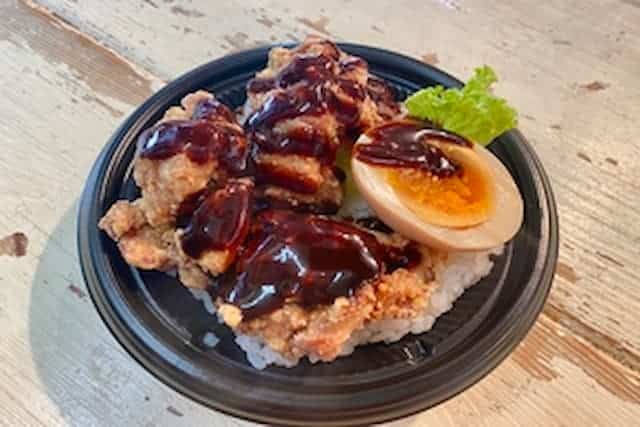
Abarenbo Chicken is a popular fried chicken restaurant loved by young people. They won the top prize in the National Fried Chicken Grand Prix. Located near Okazaki Park, their specialty is Crispy Chicken with Haccho Miso Sauce. The miso adds a delicious sweet and savory taste. They also serve bento boxes, rice bowls, and chicken wings. Their ingredients are of high quality and safety is a priority. You can even find them at events with their kitchen car. Abarenbo Chicken is the perfect place to enjoy crispy and flavorful fried chicken, especially with their unique miso sauce.
Takeaway
Haccho Miso holds a special place in Japanese cuisine. It is famous for its unique flavor and appears in various traditional dishes. It adds depth to soups, stews, and hot pots, and is a popular marinade for grilled meats and fish. You can also use it in dressings, sauces, and dips, enhancing their taste with its distinct umami flavor. It is a versatile and beloved ingredient in Japanese cooking. If you have the chance, I recommend trying dishes featuring this special Miso at local restaurants to experience its wonderful flavors.
If you are a fan of Japanese miso, click here or find out below for more information.
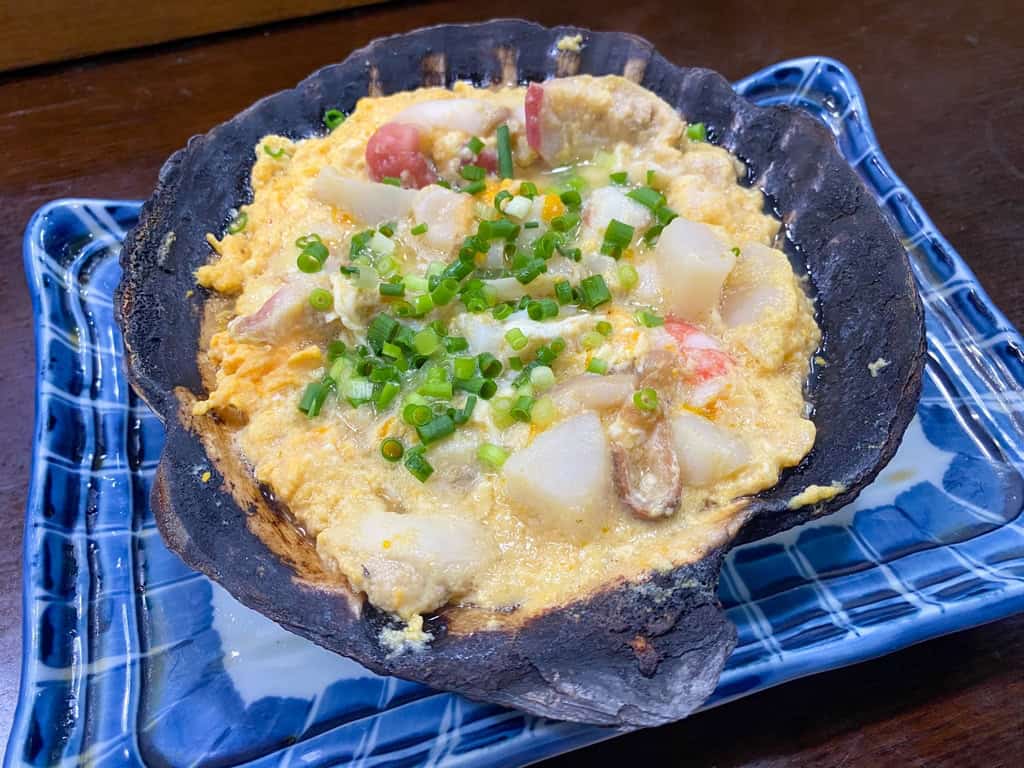
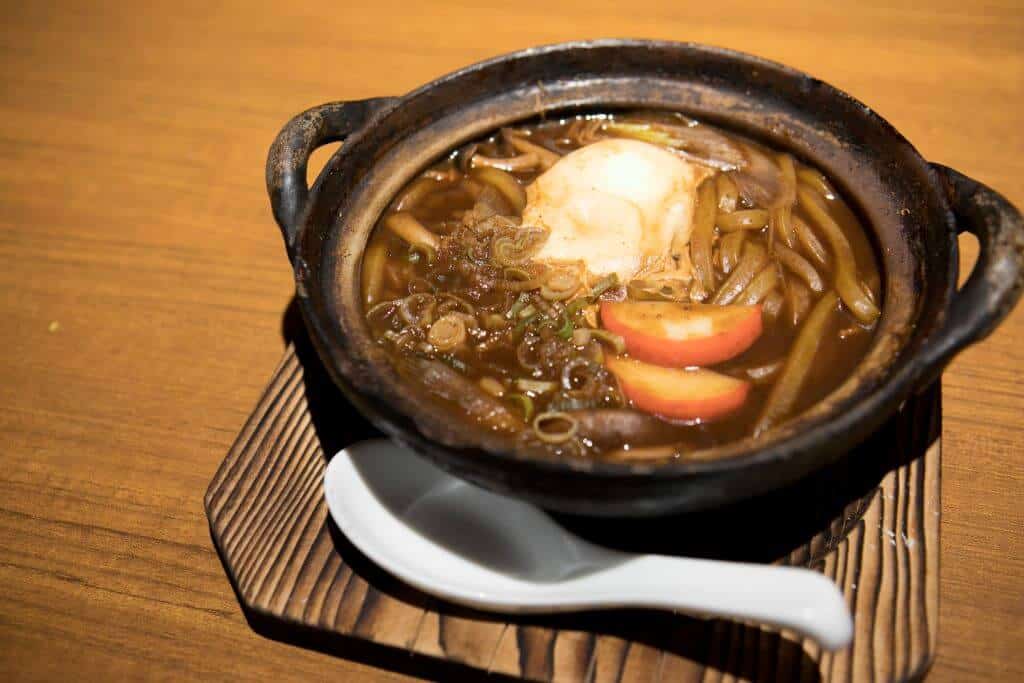

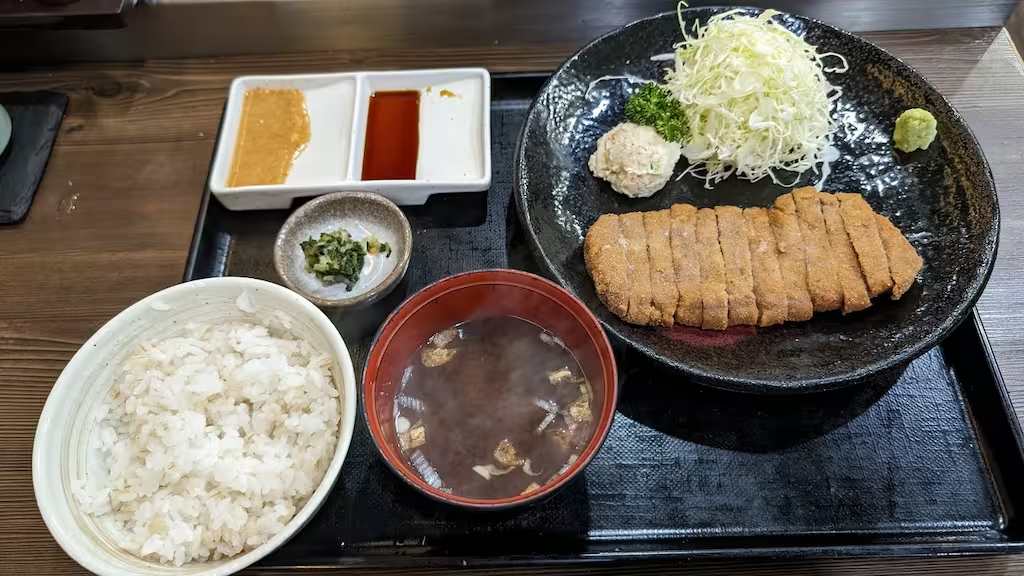
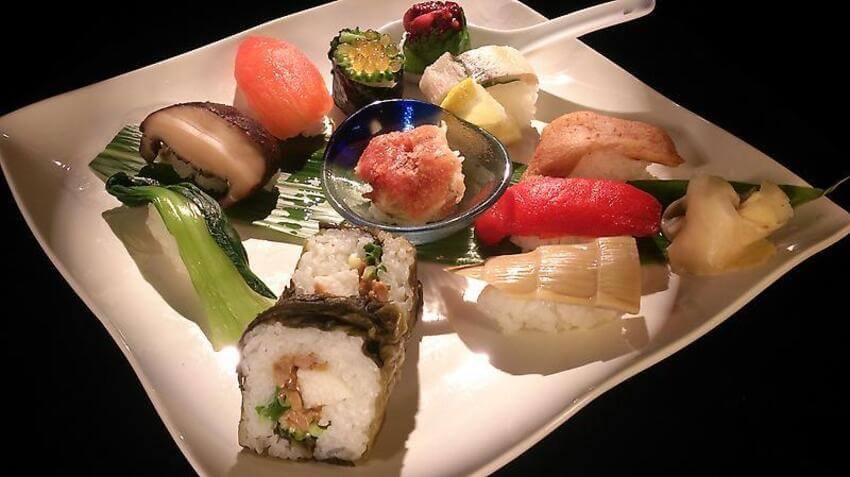



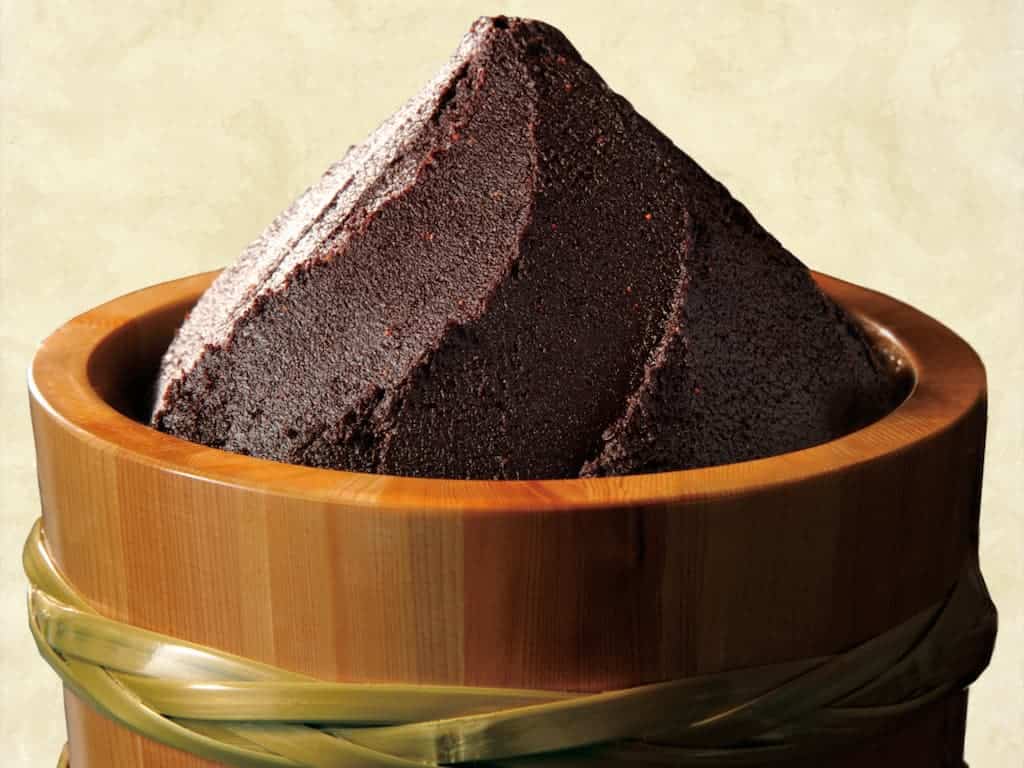
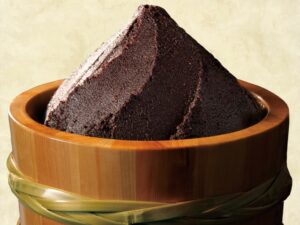
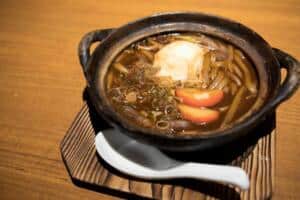


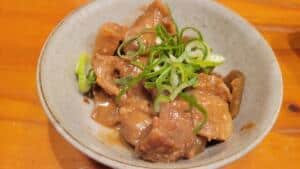

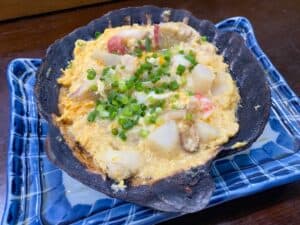
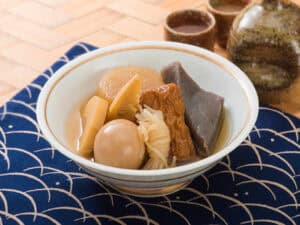

Comments